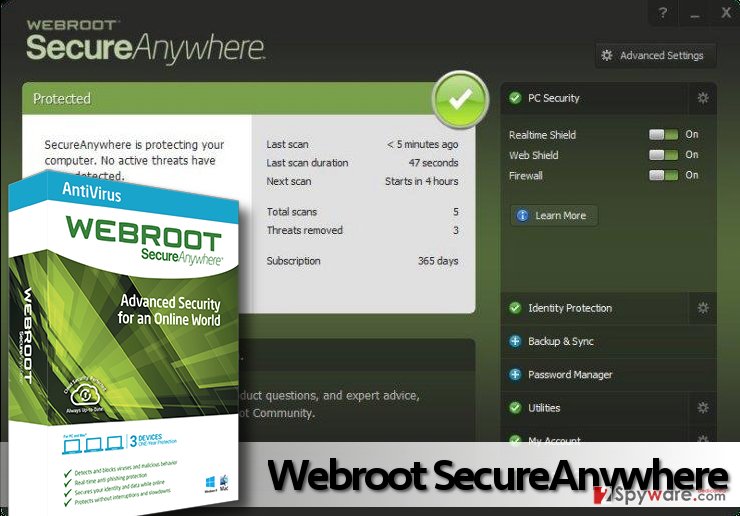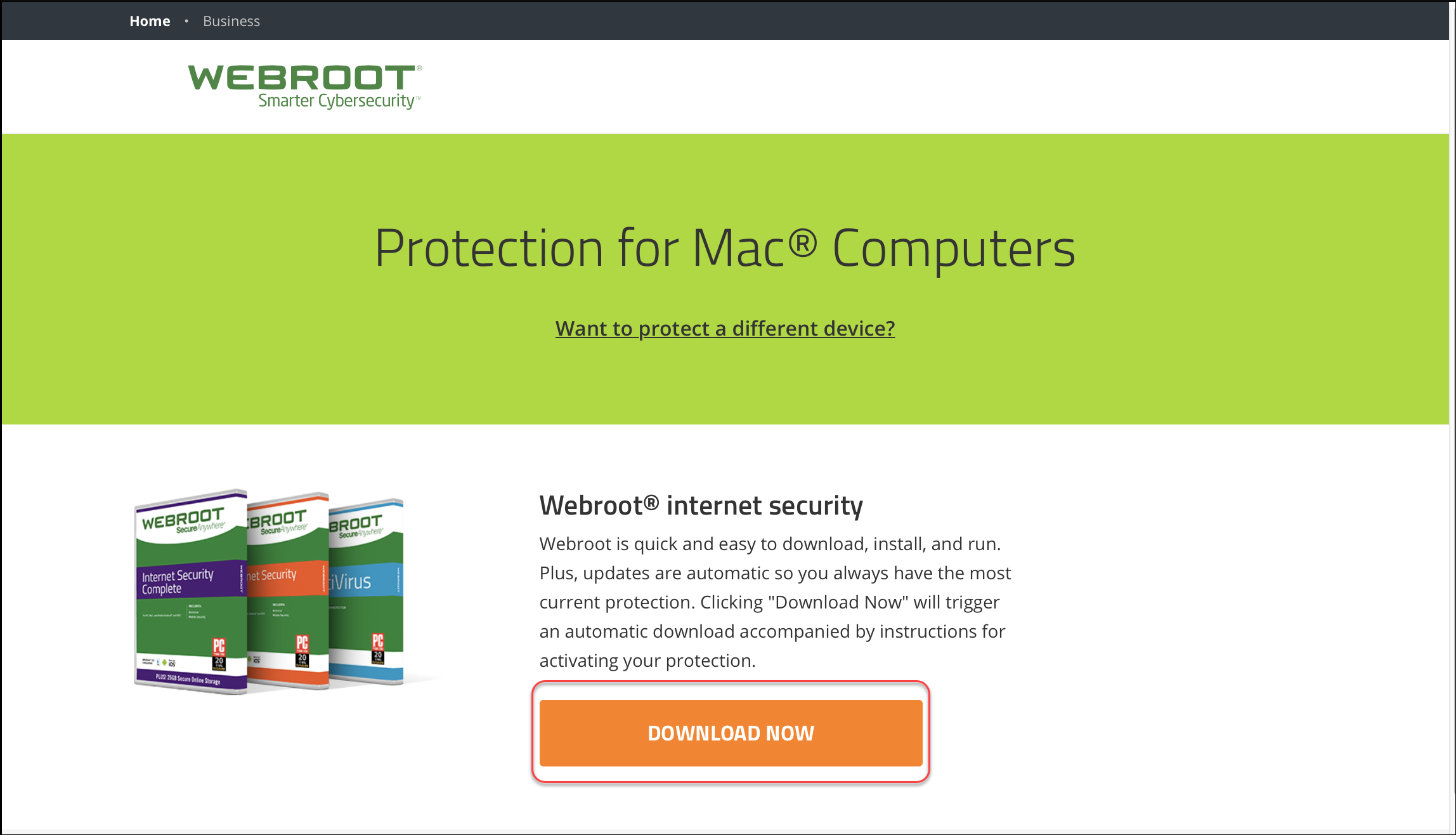
- #WEBROOT REMOVAL TOOL MAC HOW TO#
- #WEBROOT REMOVAL TOOL MAC SOFTWARE#
- #WEBROOT REMOVAL TOOL MAC CODE#
- #WEBROOT REMOVAL TOOL MAC MAC#
Not sure why Chrome makes developers life so difficult. And you can't do a redirect as well for XHR initiated request.
#WEBROOT REMOVAL TOOL MAC CODE#
There's no way for chrome plugin to modify the response HTTP status code based on current chrome extension API. The plugin can't modify the response HTTP status code. If the server doesn't support CORS, it will respond with 404 HTTP status code. Otherwise, chrome will send OPTIONS HTTP request as a pre-flight request. It works only if your request is using GET method and there's no custom HTTP Header. The -disable-web-security is no longer supported in recent chrome versions.Īllow-Control-Allow-Origin: * - chrome extension partially solved the problem. Seems none of above solutions are actually working.

This however also means that each insecure instance will be separated from the others, so any bookmarks or other saves user or session data will not be available across instances. If you want to run multiple "insecure" instances, each one will need its own folder/directory, so you will need to runt he command again with a different folder name.

If you close that instance, you can use the same command again and for example any bookmarks to your local app or similar will still be there as it's pointing to the same folder. Note: only the first "new" instance of Chrome opened with this method, is effected, hence it is only the first tab in the first new Chrome window, which is effected. Because of this, the new instance is separated from your "normal" Chrome data and your bookmarks and other saved data will not be available in this instance. This works by creating a new folder/directory "Chrome dev session" under C: and tells this new Chrome instance to use that folder/directory for its user and session data. Which will open a new "insecure" instance of Chrome at the same time as you keep your other "secure" browser instances open and working as normal. However, when researching this, I came across a post on Super User, Is it possible to run Chrome with and without web security at the same time?.īasically, you need to add to the command and run it like this instead (or create a shortcut with it and run a new Chrome instance through that) chrome.exe -user-data-dir="C:/Chrome dev session" -disable-web-security
#WEBROOT REMOVAL TOOL MAC HOW TO#
If you have better Webroot alternative, you can follow this article to learn how to completely and safely uninstall Webroot SecureAnywhere on macOS Big Sur.The problem with the solution accepted here, in my opinion is that if you already have Chrome open and try to run the chrome.exe -disable-web-security command it won't work. However, Webroot also had the worst results out of 20 products, both in terms of malware detection rates and false alarms.

#WEBROOT REMOVAL TOOL MAC SOFTWARE#
Why uninstalling Webroot SecureAnywhere on Mac? Webroot SecureAnywhere has been awarded for 19 times with Editor's Choice and Security Product of the Year, PC Magazine's highest award given to security and software programs. In 2007, Webroot AntiVirus with AntiSpyware and Desktop Firewall was released with added firewall protection feature. The company introduced antivirus protection with the launch of Spy Sweeper with AntiVirus in 2006. In 2002, Webroot launched a spyware blocking and removal product called Webroot Spy Sweeper ( How To Uninstall Trend Micro Antivirus Mac). is a private American company that provides Internet security for consumers and businesses. Make sure you have downloaded the latest version
#WEBROOT REMOVAL TOOL MAC MAC#
Summary: In this article, we help you to learn How To Completely Uninstall Webroot SecureAnywhere software on Mac Big Sur by using our best Webroot Uninstaller software.


 0 kommentar(er)
0 kommentar(er)
